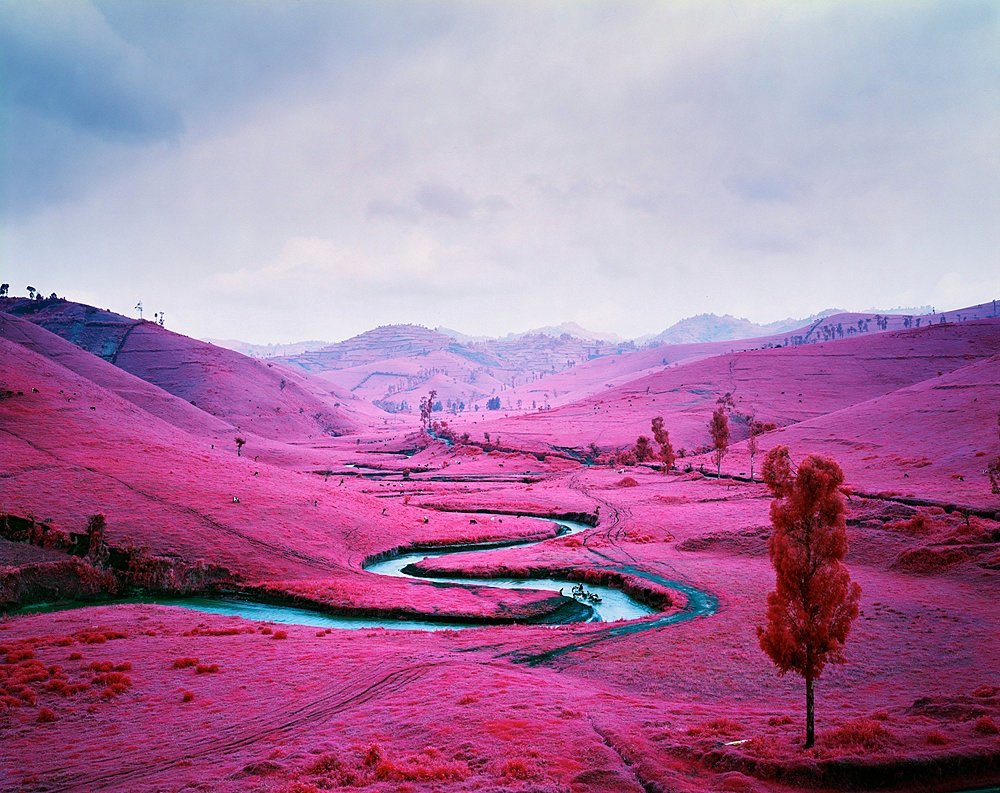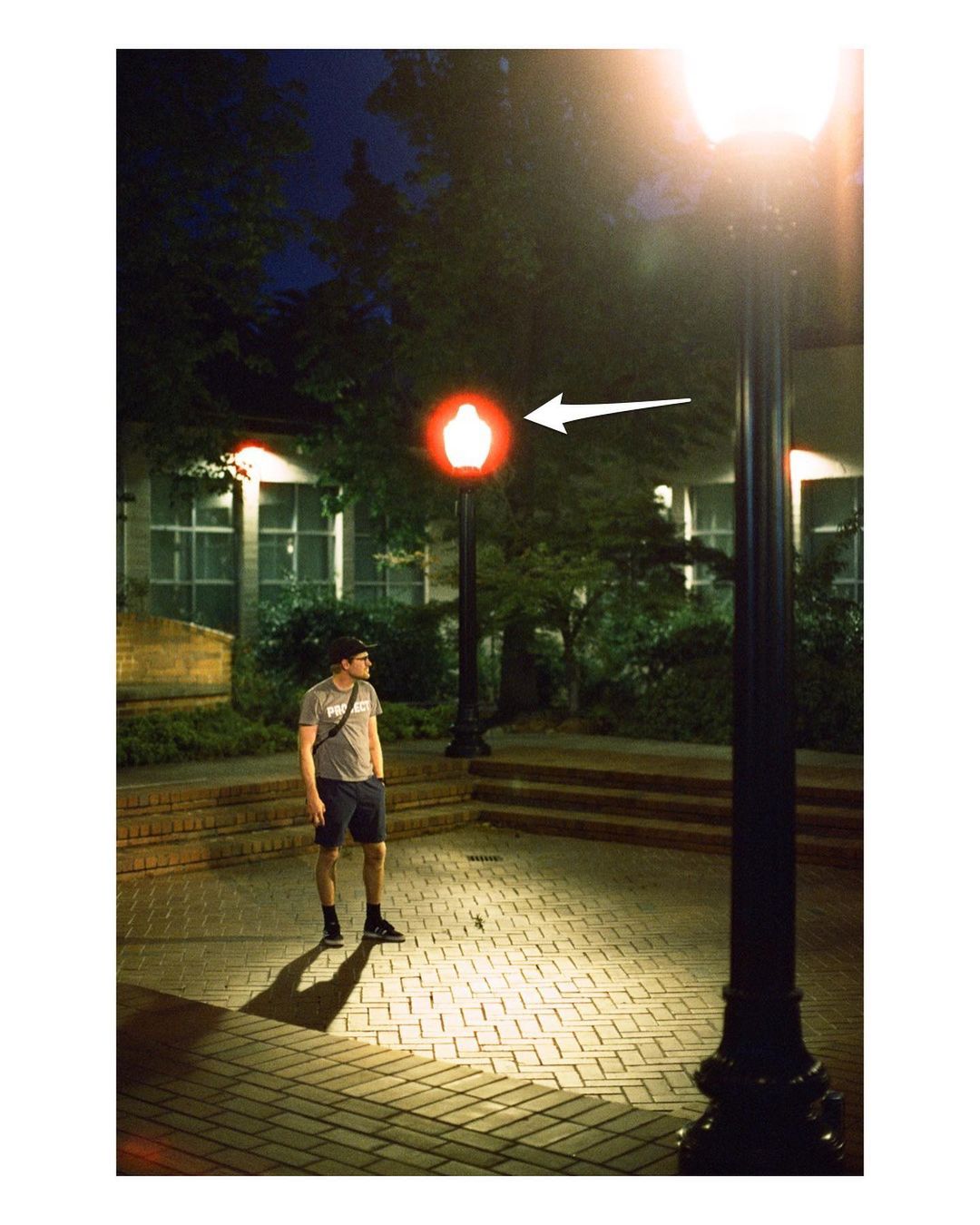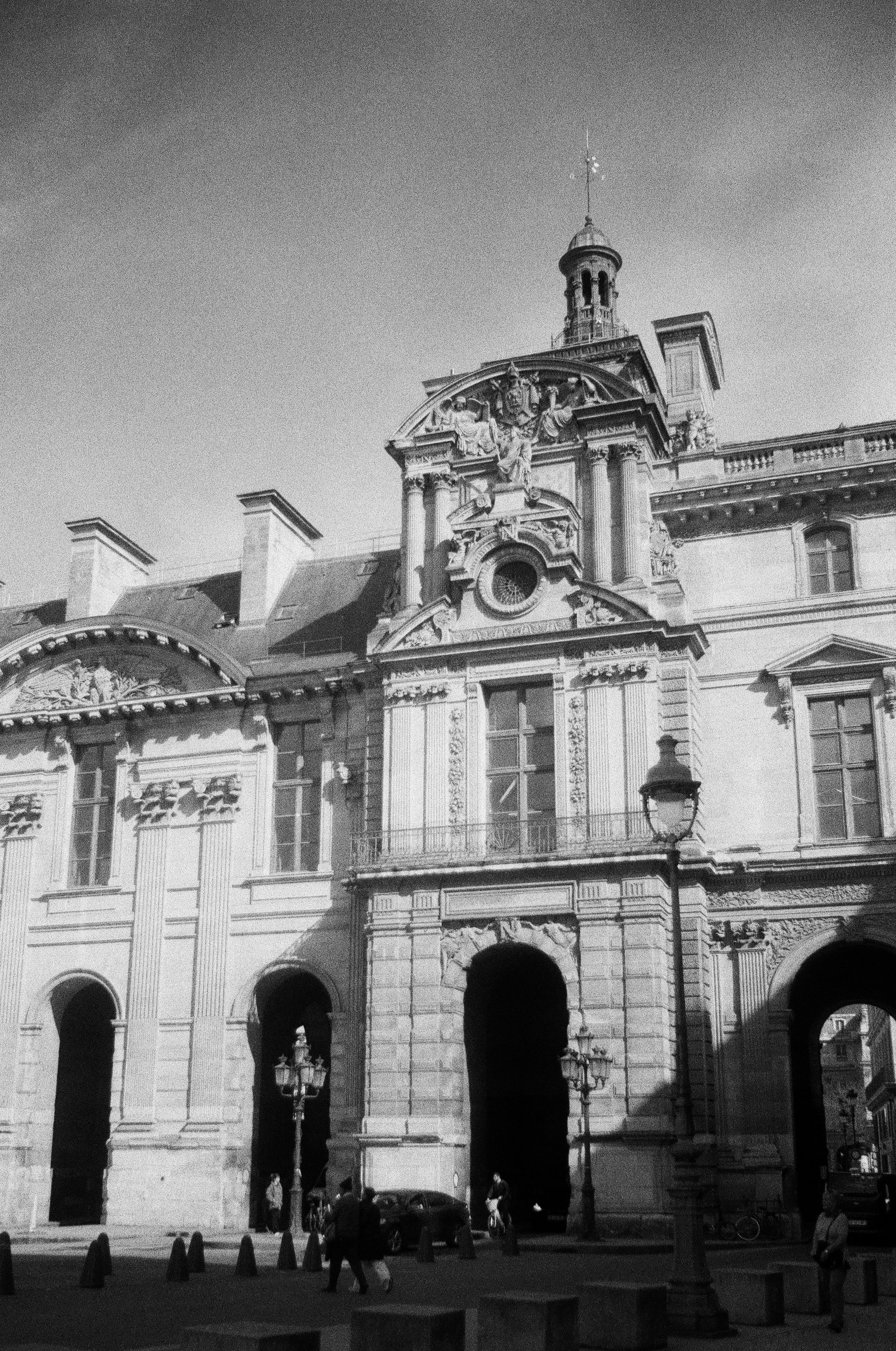


Film Photography
I use a lot of different cameras to take photos, but recently I've been getting into film photography. Film photography has its own advantages and disadvantages over digital photography, but in general I think it makes for a more challenging, deliberate photography process. And, learning about film photography has made me a better digital photographer, too, because it taught me the fundamentals of how cameras work, and forced me to learn how to take good photos without relying on things like autofocus and autoexposure.

I'd like to learn to develop my own photos, but I haven't had room in my schedule to take a class yet. In the meantime, I've been sending my photos to TheDarkroom, which I've been pretty happy with. I always pay a little extra for the higher quality scans, and I've been very happy with the quality so far. My only complaint is that it can be pretty expensive. A single roll is $12, plus $3 for the higher quality scans, and a flat $6 rate for shipping an entire batch (up to 8 rolls). That gets really expensive fast, and you end up paying nearly 50 cents per photo, on top of the money it already cost to buy the roll! With that said, the turnaround time is extremely fast. Once a roll arrives, I usually have my photos back within two or three days - sometimes, as fast as a single day!
The Aesthetic

Film photos definitely have a different aesthetic than digital photos. The way that a photo looks depends a lot on the film stock, or the type of film, that you use. The biggest difference is between black and white film, of course, but even within those categories there can be huge variation in how different film stocks capture light. Kodak Aerochrome, for example, is a now extremely rare film stock that captures infrared light, giving it a completely unique aesthetic that's hard to accurately replicate in digital photography. Even in less subtle cases though, film stocks can vary in the saturation of colors, a certain color tint, contrast, and the amount of grain.

That grain is another marker of the film aesthetic. All photography involves some form of grain because scattering light inherently involves some degree of randomness. This is most visible in low-light situations high-sensitivity, where the camera's sensor or film is capturing very few rays of light and therefore the variation between each ray is much more noticeable. In digital photography, this tends to manifest in single-pixel variations with a strong green, red, or blue tint. In film photography, though, the grain takes on a unique pattern due to the physical nature of the film. I like a limited amount of film grain in my photos, but the grain on some film stocks can just be distracting from the photo itself. You can minimize grain by taking a photo with a longer exposure time (basically keeping the shutter open for more time, which allows more light to hit the film).
A more subtle but very cool-looking artifact of film photography is halation. Basically, halation is a red glow around the highlights of an image. Most film includes an anti-halation layer to minimize the effect, but some do not, and in fact some people will remove the anti-halation layer from their film-stocks in order to reintroduce it for aesthetic reasons. Halation is most noticeable in a mostly dark scene with bright highlights - like photos of neon signs or streetlights at night.
Cons
- Most film cameras rely entirely on manual settings - there's no autofocus or autoexposure, so you have to actually learn what each setting does and how they interact with each other
- You can't see a photo until it gets developed, meaning you have no way to know if you messed up a shot or not
- Most film stocks are not sensitive enough for good indoor or night-time photography without a tripod - at least, not as good as, say, an iPhone camera
- Buying film and especially getting it developed can be expensive
- It's easy to mess up a roll by accidentally exposing it to light while loading / unloading, or though a light leak on your camera.
Pros
- Learning film photography will force you to actually understand the fundamentals of photography and, whenever you do take a digital shot, you'll be able to choose the right settings and understand that choice more.
- Film photos have an aesthetic that's really hard to replicate in digital photography - there's just something warmer and more personal-feeling about the way that film photos capture light and faces. For that reason, I really like taking photos of my friends and family on film, even though I mostly take landscape photos overall.
- Getting developed film back is really exciting. The delayed gratification of waiting to finish a reel, send it off, and get it back makes seeing your photos way more special than just pulling them off an SD card
- Because it's so easy to mess up a film photo without being able to rely on automatic settings, the ones that do turn out well are that much more special
What I use
Cameras
My main film camera is a Chinon CM3 that I bought at Goodwill for $20, which included the camera, two lenses, some filters, an autowinder, a case, and a bag. $20 was definitely a good deal, but you also get what you pay for. The rewind release and the film door latch on mine are both broken, so to put in or take out a roll of film I have to pry the back open with either a screwdriver or my hands (which really hurts!), and rewinding a roll usually stretches out the film unless I play around with winding and rewinding in small sections. With that said, the CM3 is actually a really great starter film camera. It's basically a bog standard film SLR, so it's the same shape as the more popular Canon and Nikon models. It's only really got the necessary features:
- Shutter speed dial with bulb setting
- Aperture controls on the lens (at least, on the lens that came with mine)
- Everything you need to wind, rewind, etc.
Plus a few extra quality-of-life features:
- A 3-second timer
- Very simple light meter (a panel of 3 LEDs tells you whether your settings are too dark, too bright, or just right for the current photo. I've started relying on this more and more, and it works surprisingly well for how simple it is. And it definitely beats carrying around a separate light meter or using your phone!)
- Autowinder port
- Shutter lock, so you don't have to worry about the shutter being pressed when the camera gets jostled in your bag
Other than the CM3, I also own a really cheap plastic point-and-shoot, which I use mainly for parties because it's got a crappy lens but a good flashbulb, and I don't own a flashbulb for my CM3. There are no settings - no focusing, no shutter speed - it's just point, and shoot. I've also bought two different older rangefinder film cameras but for various reasons they've never really worked out. At some point, if I find an SLR in better working condition than my CM3, I'll probably switch to that. But until then, it's working fine for me!
Film

I haven't really tried out that many film stocks, so I don't feel qualified to compare them or comment on their quality in much detail. The ones I have tried are Kodak Gold 400, the cheapest color film, Ilford HP5, the cheapest black and white film, and Fuji 400, another color film.
I do prefer Fuji 400 to Kodak Gold, because I think Gold has a tendency to make photos much warmer than they need to be, and I really like the saturation of the Greens on Fuji. Also, Gold sometimes comes with only 24 exposures on a roll versus Fuji's 36, so I think the slightly higher price of Fuji is worth it. But, to be honest, the biggest deciding factor for me is just what's available. The Walgreens in my town doesn't always carry film, but when they do it's Fuji, so that's what I get most of the time.
With that said, color film is more expensive than black and white film anyway, so recently I've been using a lot of Ilford HP5. In particular, on my recent trip to France, four out of the five rolls I shot were black and white, and I ended up very happy with how they turned out. Black and white photography is just simpler, there's less to worry about, and I find that a lot of times it's better for mid-day photography, which is what I tend to do because that's when I'm out and about. Mid-day photos on color film can look washed out, flat, or boring, but the contrast of HP5 makes the lighting look more dramatic, and I really like how those photos from France turned out.